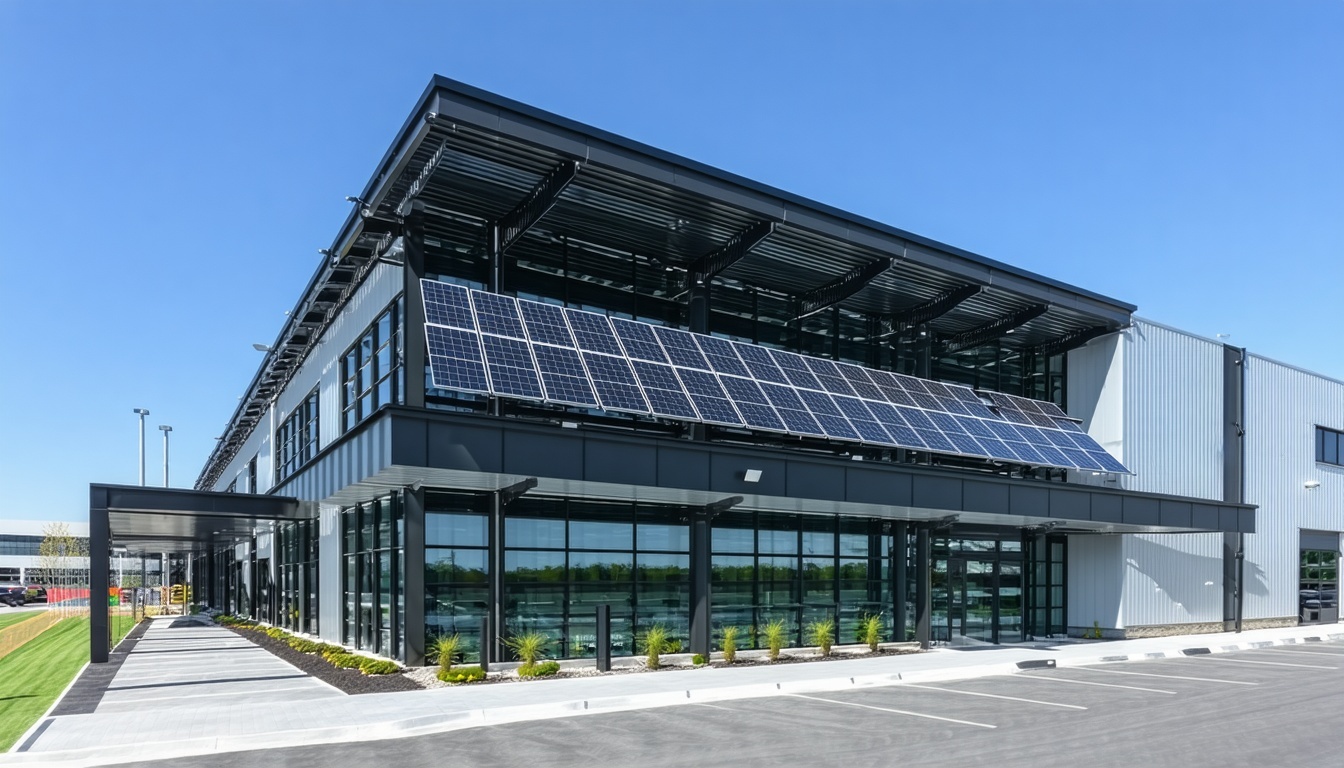Unlock the secrets of NCC Section J and ensure your commercial building projects meet Australia's stringent energy efficiency standards.
Understanding the Basics of NCC Section J
Section J of the National Construction Code (NCC) is a critical component aimed at enhancing energy efficiency in non-residential buildings across Australia. Its primary objective is to reduce greenhouse gas emissions and promote sustainable building practices by setting stringent standards for energy performance. The code covers various aspects of a building's design and construction, ensuring that energy consumption is minimised without compromising comfort or functionality.
The NCC is regularly updated to reflect advancements in building technologies and practices. Section J, specifically, has seen significant changes over the years, with the most recent updates focusing on increasing thermal performance standards and aligning more closely with the National Australian Built Environment Rating System (NABERS). By adhering to Section J, commercial building projects can not only meet regulatory requirements but also achieve long-term operational cost savings and environmental benefits.
To make your Section J compliance process more straightforward, please visit our Section J service page. You will discover extensive in-depth information, step-by-step guides and tailored support designed to help you interpret the latest NCC updates and achieve best-practice energy efficiency for your next project.
Who Needs to Comply with Section J?
Compliance with Section J is mandatory for a range of stakeholders involved in the design and construction of non-residential buildings. This includes architects, developers, engineers, and certifiers who are working on new commercial constructions or major refurbishments. Essentially, any professional involved in the planning, designing, and constructing of commercial buildings must ensure that their projects meet the energy efficiency standards outlined in Section J.
Failure to comply can result in significant consequences, such as project delays, increased costs due to rework, and potential legal issues. Therefore, it is crucial for all parties involved to understand the requirements and integrate them into their project plans from the early stages of design and development.
Compliance Pathways: Deemed-to-Satisfy, JV3 Verification, and Performance Solutions
There are three main compliance pathways under Section J: Deemed-to-Satisfy (DTS), JV3 Verification, and Performance Solutions. The choice of pathway depends on the specific needs and constraints of the project.
The Deemed-to-Satisfy pathway involves following the prescriptive requirements outlined in the NCC. This method is straightforward but can sometimes be less flexible. The JV3 Verification method, on the other hand, allows for more design flexibility by using a reference building approach to demonstrate that the proposed building will achieve equivalent or better energy performance than a benchmark building. Performance Solutions offer the highest level of flexibility, enabling innovative design solutions that meet or exceed the energy efficiency requirements through alternative methods and technologies.
Key Areas of Compliance: Building Fabric, Glazing, and More
Section J covers several critical areas of building design and construction, each contributing to the overall energy efficiency of the building. These include the building fabric, glazing, sealing, lighting, air conditioning, and energy monitoring.
The building fabric involves the materials and construction methods used for walls, roofs, and floors, which must provide adequate thermal resistance. Glazing requirements focus on the performance of windows and other transparent elements to minimise heat loss and gain. Proper sealing of the building envelope is essential to prevent air leaks that can undermine thermal performance. Lighting systems must be energy-efficient, utilising technologies like LED and smart controls. Air conditioning systems are required to meet specific efficiency standards, and energy monitoring systems are necessary to track and manage energy consumption effectively.
The Benefits of Early-Stage Energy Modelling and How Certified Energy Can Help
Integrating energy modelling into the early stages of the design process can significantly enhance compliance with Section J. Early-stage energy modelling allows for the identification of potential issues and the optimisation of design solutions before construction begins, reducing the risk of costly rework and project delays.
Certified Energy offers expert advice and support to streamline the Section J compliance process. Our team provides fast and accurate Section J reports, tailored support for choosing the most cost-effective compliance pathway, and specialised JV3 modelling services. By partnering with Certified Energy, you can ensure that your commercial building projects meet all regulatory requirements while maximising energy efficiency and minimising operational costs.
For more information on how we can assist with your Section J compliance needs, contact Certified Energy today and let us help you navigate the complexities of energy efficiency standards with confidence.







